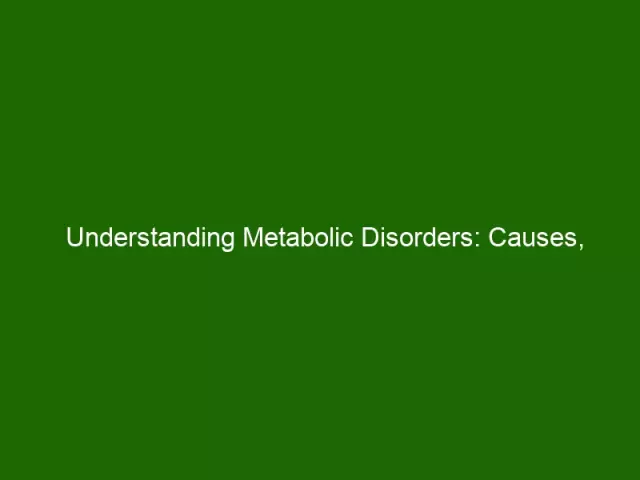- Author Curtis Blomfield [email protected].
- Public 2023-12-16 20:44.
- Last modified 2025-06-01 06:18.
Mental disorders of a person are severe pathological conditions that are characterized by impaired intellectual, mental activity and emotional disorders of varying severity.

What do psychotic disorders include?
To begin with, let's figure out what is meant by such a term as "psychotic disorders". These are manifestations of mental illness, in which human activity does not correspond to the environment or reality. At the same time, the display of the real world is greatly distorted in the mind, which leads to behavioral disorders, the appearance of pathological syndromes and symptoms.
There are mental disorders that occur due to meningitis, encephalitis, brain tumors, trauma, brain syphilis, as well as degenerative, vascular and other organic diseases or brain damage.
Neuropsychiatric disorders also include post-traumatic stress, behavioral and mental disorders in women related to reproductive function (pregnancy, postpartum period,premenstrual syndrome, etc.), paranoia, and many more.
Why do mental disorders occur?

There are a huge number of reasons that can cause such ailments. Let's focus on the most common ones.
- Neuroses. Even the most elementary anxiety exhausts the human nervous system. We often imagine various horrors in our imagination, imagine unimaginable things, and then it turns out that we were worried in vain. These kinds of worries can eventually lead to a significant mental disorder.
- Neurasthenia. Often appears as a response to the constant impact of a traumatic situation. Individuals with increased anxiety and a sense of duty are more prone to such an ailment.
- Depression. Constant sadness, refusal to eat, unwillingness to do something, apathy for everything often lead to drug use, alcoholism, suicide.
- Chemical and toxic substances. Drugs, poisons, food components, heavy metals, alcohol lead to malnutrition, lack of vitamins, respectively, to the development of psychosis.
Signs of a mental disorder
The characteristic symptoms of a disorder include disturbances in mood, behavior or thinking that do not fit into existing norms. Other signs that will be noticeable to the patients themselves or to people around them should be added:
- physical symptoms (pain, insomnia);
- emotional signs (anxiety, fear, sadness, etc.)etc.);
- cognitive impairment (memory impairment, inability to think clearly);
- behavioral signs (aggression, inability to perform daily functions);
- hallucinations.

Each disorder is characterized by specific symptoms. If in one case a person has a deviation in behavior, then in another situation one can even observe such types of thinking disorders as a violation of his dynamics (slowness of speech), operational part and motivation. It is very important to seek medical attention in the early stages.
How dangerous is paranoia?
This disorder deserves special attention, because it has not yet been fully studied, and medicine does not have any effective ways to correct it. The peculiarity of the disease is that before the onset of the terminal phase there are no signs of the disease. This leads to its progression, because the patient does not seek help.

Symptoms of Paranoia
A paranoid person is a person who constantly has crazy ideas. This can be expressed in excessive suspicion, unreasonable distrust of others. People with this diagnosis are able to clearly perceive the emotional background of other people, but they cannot correctly interpret it. Sometimes mere trifles are of great importance to them, and even with a negative connotation.
For example, a paranoid - is a person who suspects a terrorist in the most harmless personor maniac. He will be sure that he accurately “calculates” all the most “terrible ideas” of an ordinary passer-by. If a man with such a diagnosis becomes jealous of his wife, then it will be impossible for him to prove anything, and he himself is able to bring his wife to a heart attack with his delirium.

What is the paranoid behavior?
People in the presence of such a mental disorder are constantly inclined to criticize someone for no reason, but they do not tolerate any kind of statements addressed to them. However, even with this, they behave relatively adequately, without showing excessive aggression. A paranoid person is a person who is not haunted by hallucinations or some special deviations visible to others that could be suspected of an illness.
Yes, paranoid people have difficult relationships with other people due to deviations, but this does not prevent them from thinking logically and being quite active socially. In addition, if such a person builds his own logical chain, then it will be so perfect and accurate that it will be impossible to find any flaw in it. However, the basis of such conclusions is mainly based on suspicion, therefore it does not correspond to the present state of affairs at all.

When does paranoia show up?
Most often, the manifestation of such an ailment is observed in adulthood, in middle-aged people. However, paranoia, like many other mental disorders, begins in childhood. For example, it is no secret to anyone that smallboys and girls, as a rule, are never in one very friendly team. And how do children react when a boy and a girl are put at the same desk at school? It may seem to them that the teacher is doing this on purpose, trying to mock the guys or punishing them for this or that offense.
And later, after some time, when heterosexuality is already developing, the situation changes and takes a different direction. And if the psyche of a person could not successfully pass through this period, but “stuck” in it, then the risk of falling ill with paranoia in the future is very high.
A paranoid person is a person who needs to be treated as soon as the first alarming symptoms appear. The main methods of treatment of this disease are psychotherapeutic courses. They are carried out individually with each patient.






